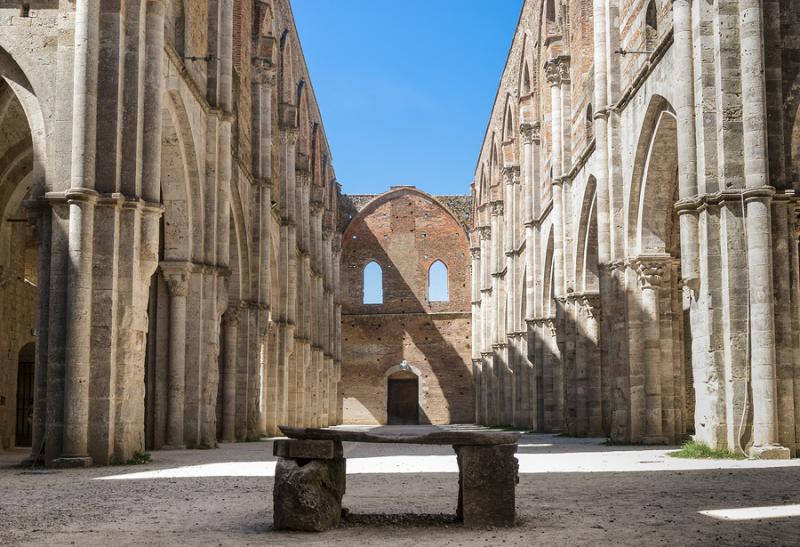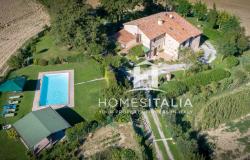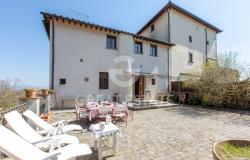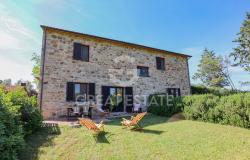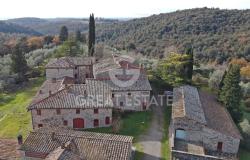We’ve all heard the story of King Arthur, his mythical kingdom of Camelot and the legendary sword in the stone, but in a Tuscan abbey, fact is stranger than fiction. For plunged into stone is a sword that could prove that the Arthurian myth originated in Italy.
The sword, of which only the hilt and an inch or two of blade is visible, is preserved at the Gothic abbey of San Galgano in the town of Montesiepi, 30 km (19 miles) from Siena. The ruined Cistercian abbey was originally built to honour Galgano Guidotti, a 12th-century Tuscan nobleman who, after seeing a vision of the Archangel, renounced a life of arrogance and lust and was later made a saint.
It is said that in recognition of his rejection of violence and war, he plunged his sword into the rock leaving only the hilt exposed, thus forming the shape of the Cross.
Born in Chiusdino in 1148, history tells us that Galgano Guidotti led an immoral life, until, at the age of 32, the Archangel Gabriel appeared to him. Galgano said he received an order from the 12 apostles to build a round chapel at Montesiepi and to retire there to live. His family were in the process of persuading him against the act when his horse took fright and bolted taking him the 9 km to Montesiepi, where the abbey was built.
Following his death in 1181, many pilgrims prayed for miracles and there were 19 such miracles attributed to him which resulted in the Church proclaiming him a Saint just four years later; the hastily undertaken canonisation process was presided over by Pope Lucius III.
There are many coincidences with this story and the legend of King Arthur and when you delve deeper, comparisons are easily made. For example, the novels dedicated to the legend name the first Knight as Galvano, who plays an important part in the decision to construct ‘the round table’. The name closely resembles Galgano and, in the tales, the sword Excalibur often appears in the hands of Galvano.
The abbey has a round chapel that many scholars believe mirrors the table of Arthurian legend but more intriguing is the notion that the chapel is shaped like an upside down chalice, and testimonies tell of the existence of a book in stone that when interpreted will lead to an underground cavity at the chapel where the Holy Grail is hidden.

Whatever your belief, you cannot dispute that a connection exists between Galgano and King Arthur, perhaps one day we may discover that they are in fact the same person.
Getting there: San Galgano lies in the Val di Merse area, from Siena take the SS73, towards Massa Marittima and then follow the road signs. The abbey is open from 9:30 am - 5:30pm daily with the round chapel opening only in the mornings and evenings for devotion.
